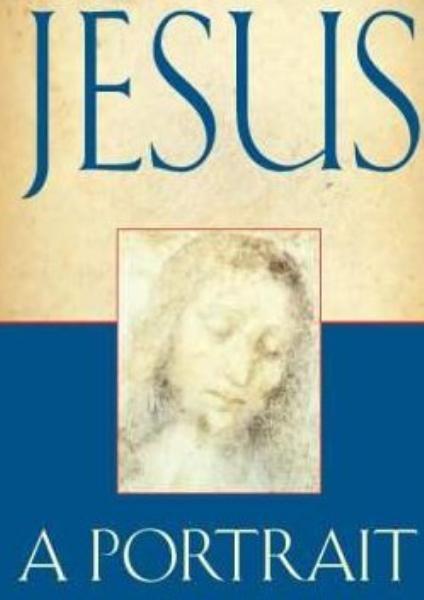Catching the 109 bus from Brixton to Croydon can be a surprisingly religious experience. Frequently, my fellow passengers are reading the Bible or the Koran; many people read spiritual guides; once every few weeks we have a travelling evangelist on the bus, standing to preach from the place where the buggies go; Jehovah’s Witnesses visit the bus stop where I wait; and, a few weeks ago I was a handed a useful pocket guide to what to do in the event of being left behind after The Rapture. So taking ‘Jesus: A Portrait’ out of my bag to read on the way to work didn’t really seem out of place.
I was more concerned that I wouldn’t do Gerald O’Collins’ book justice by reading it in short stints but I found the book very versatile, as it is broken into sections considering aspects of Jesus’ character and experience. Despite this structure, A Portrait progresses well from snapshots of Jesus to deeper exploration of the effect he created on those around him. A Portrait is not light reading but it is written well and the author does his best to present the text in sections to give the reader space to consider what has been said.
O’Collins presents a sensitive consideration of Jesus’ character, building examples from detailed textual analysis. For example, O’Collins finds that Jesus, unlike Old Testament prophets, does not talk about a mother child relationship; he rarely talks about politics or geography; and he places Abba, the Father, above all other images, including the image of God the King. But, the effect created by this level of detail isn’t an academic presentation of evidence. In fact, the abstraction of these facts from what we know of Jesus refreshes them. They are out of their usual context, in the Mass, in hymns or in prayer. A refreshingly human picture of Jesus and his surroundings emerges. It is often the significance of Jesus’ actions that are examined, rather than the actions themselves and this helps to steer the text away from a purely historical examination of Jesus’ life.
The parables provide a window into Jesus’ character that O’Collins uses to explore the impression Jesus creates as he travels. He shows that telling parables sets Jesus apart from his disciples who do not communicate with the crowds they attract in this way. O’Collins shows us that Jesus paid attention to the rich details that surrounded him and that his parables were usually based on farming or everyday family life. Even when the parables have an Old Testament equivalent, Jesus rendered them in a new way by basing them in the experiences of the people he was talking to. By examining the parables we learn that Jesus has an understanding of God’s Kingdom that sets it apart from human standards. For example, apparent equal treatment takes a back seat to displays of generous love. We learn that Jesus himself shows compassion to the crowds in the parables he tells. Jesus is portrayed as an attractive public persona and as someone very sensitive to his audience’s experience of life.
Throughout A Portrait O’Collins invites us to consider several questions that Jesus poses to his followers: ‘What are you looking for?’, ‘Will you also go away?’, ‘Do you believe this?’, ‘Do you know what I have done to you?’, ‘Do you love me?’. O’Collins says that the purpose of these questions is to encourage us to examine what our own hearts are set on, ‘what they finally hope to discover in life’. In considering the answers given to the questions by the disciples, the reader is not encouraged to think that they have found the correct answer. Instead, very effectively, we are left questioning our own responses to these simple but searching enquiries. By exploring Jesus’ questions, O’Collins shows that only by seriously considering them do we encounter Christ ourselves.
The epilogue of A Portrait considers the daunting challenge of Jesus’ central question to his followers: ‘Who do you think I am?’ In response it is clear that a personal spiritual investment from the reader is necessary. As O’Collins says, ‘Those who respond to this question must put themselves into any answer’. Alongside the presentation of his own picture of Christ, O’Collins uses A Portrait to unfold for us the spiritual desire necessary to approach Jesus the Questioner. He does this authoritatively and with reference to Biblical and Church tradition, but he never ceases to walk alongside the reader, pondering the mystery with us.
Ultimately A Portrait is not a simple representation, it presents no easy answers through a line-drawn ‘Life of Christ’. O’Collins is trying to draw the reader into the Bible, into an understanding of what historical fact and the Church can tell us about Jesus but above all, the book is a way of bringing us to an encounter with Jesus today.
The 109 bus isn’t a bad place to experience faith. Finding Jesus in this book and God in the faces around me meant that, for once, I felt fellowship with those sharing the journey.
The reviewer, Angela Kitching, is a Parliamentary Officer and a member of the Editorial Board of Thinking Faith.
![]() Find this book on Darton, Longman and Todd's web site
Find this book on Darton, Longman and Todd's web site






